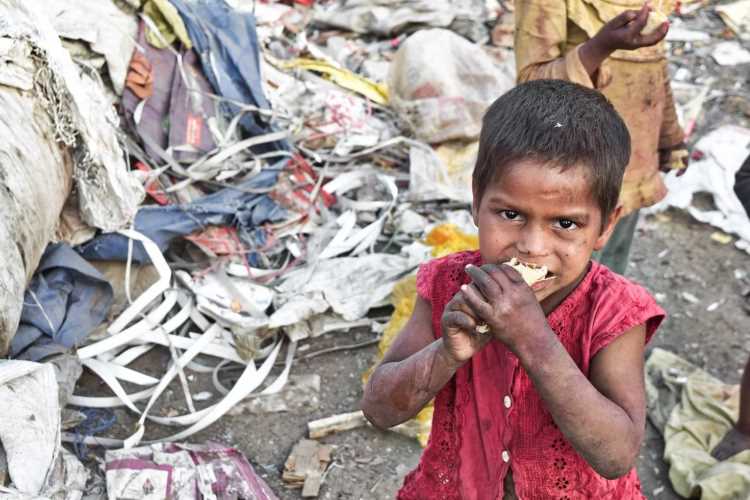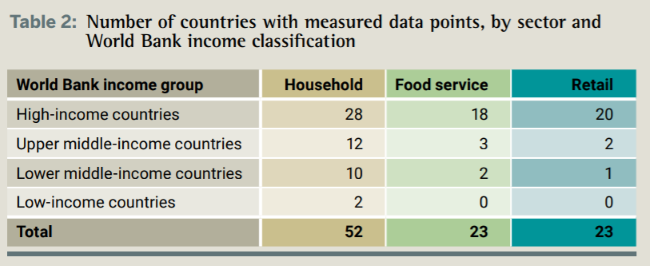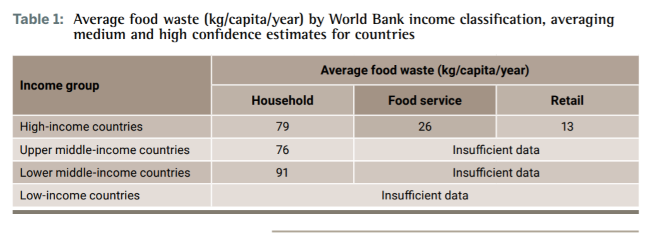
As the world strives to achieve the Sustainable Development Goal (SDG 2) of “zero hunger”, more and more land is used for food production, impacting the environment, wildlife, and availability of water. Despite all the efforts, the world nations haven’t made any headway in tackling hunger and they may be ignoring the easiest way to tackle the menace. The Food Waste Index Report 2021, released by the UN Environment Programme with Waste and resources Action Programme, shows that 17% of all food is wasted at homes, restaurants and shops.
Households waste 11% of food at the final stage of the supply chain, while food services and retail shops discard 5% and 2%. If food loss were a country, it would have been the third largest source of greenhouse gas emissions after the US and China.
The report reveals that unconsumed food accounts for 8-10% of the world’s greenhouse gas emissions, causing substantial damage to the environment. The Sustainable Development Goals (SDG 12.3) aims at reducing the per-capita global food waste at retail and consumer levels by 50%.
READ I Foolproof PDS: A practical guide to food security
Rich, poor nations face food waste problem

Food waste is not a problem confined to rich nations where abundance of food leads to massive amounts of waste. The report reveals that similar amounts of food is wasted in rich and poor countries. If the world is serious about tackling climate change, it needs to reduce food waste, says Inger Andersen, Executive Director of UNEP.
Cutting food waste can reduce greenhouse gas emissions, and help the environment through land conversion and lower pollution. An action plan to reduce waste can also help the world tackle hunger. At least 690 million people faced hunger in 2019, while three billion could not afford a healthy diet.
The study makes an appeal to consumers across the world to reduce food waste at home at a time when the COVID-19 pandemic has pushed several millions of people into poverty and hunger. It calls for including food waste in nationally determined contributions (NDC), commitment by countries to the ambitious climate actions agreed in the Paris Agreement.
The Food Waste Index Report looks to support SDG 12.3 by generating comprehensive food waste data, analysis and modelling, which will help estimate global food waste accurately and by offering countries a reliable methodology to measure waste.
READ I India’s $5 trillion economy plan runs into Rs 7,14,000 crore climate change risk

Lack of data hampers food waste studies
The biggest problem faced by the researchers preparing the report was the lack of comparable data from across the world. Only 14 countries measuring household data on food waste collected information in a way compatible with the Food Waste Index. Only 38 countries applied a methodology compatible with the SDG 12.3 calculations.
UNEP will set up working groups to help countries measure and record food waste for the next round of reporting late next year. The groups will help nations develop baselines to track progress towards Sustainable Development Goals and create a plan to prevent food waste.
Bringing down waste at food service, retail, and household levels can offer multiple benefits to the world. Any serious effort to tackle food waste will need a better effort to track food waste generation in kilograms per capita at national level.
READ I India’s fledgling e-commerce industry needs a robust policy framework
The Food Waste Index Report 2021: Key findings
- The world generated at least 931 million tonnes of food waste in 2019, of which 61% was from households, 26% from food service and 13% from retail. In other words, 17% of global food output is wasted — 11% at households, 5% in food service and 2% in retail trade.
- Per capita food waste generation at households is similar across country of different income groups. This means action to reduce food waste is needed in rich, middle-income and poor countries. Earlier, it was thought that consumer food wastage is an issue relevant only to developed countries, and the issue with developing countries is wastage during food production, storage and transportation.
- Previous estimates have grossly underestimated consumer food waste, which could be more than twice the previous FAO estimate.
- There isn’t enough data on the edible part of food waste. Absence of accurate data is the biggest hurdle faced by global studies on food waste.
(Sajna Nair is a former banker. She writes on environment, art and culture.)
Sajna Nair is a former banker. Her areas of interest are environment, art and culture.


